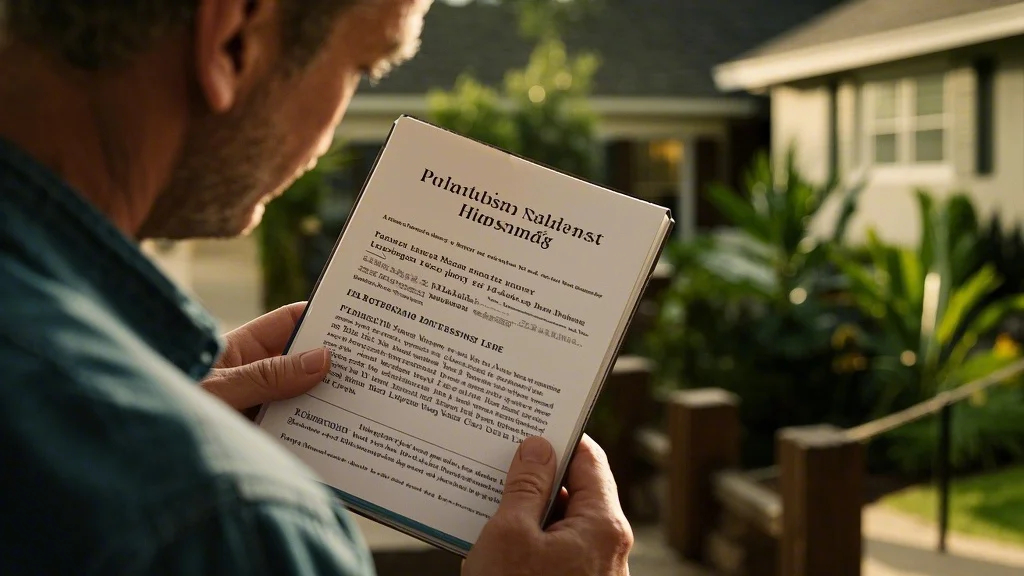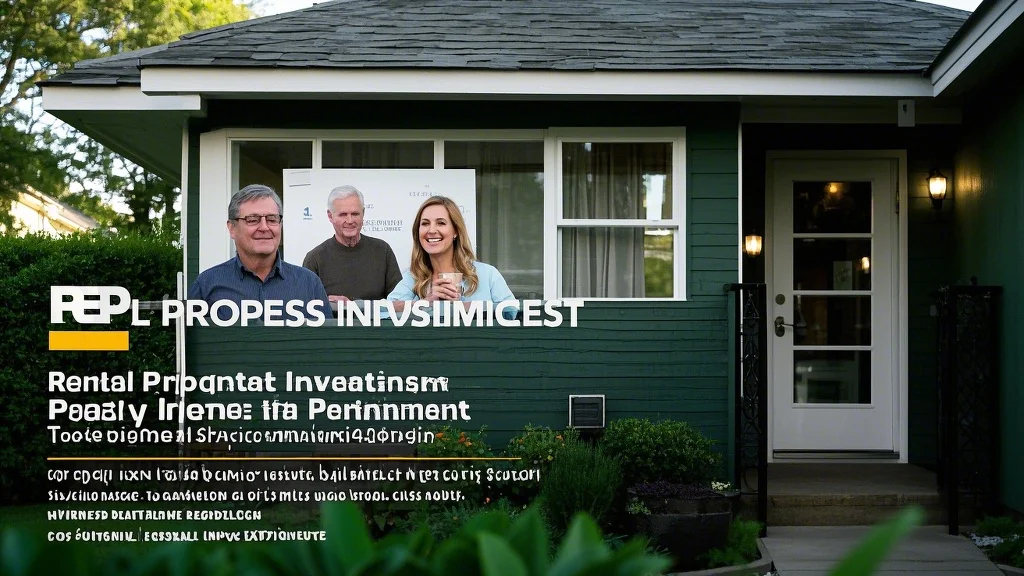Choosing the Right Rental Property Investment
Successful rental property investment begins with selecting properties that align with your financial goals and local market dynamics. Look for neighborhoods with strong rental demand indicators like low vacancy rates, quality schools, and proximity to employment centers. The 1% rule—where monthly rent should equal at least 1% of the purchase price—remains a useful screening tool for cash flow potential. However, in today’s market, you might need to adjust expectations slightly while still ensuring the numbers work. These fundamentals form the foundation of sustainable passive income strategies through real estate.
Property type significantly impacts your real estate investment tips approach. Single-family homes often attract longer-term tenants but may have higher maintenance costs per unit. Multi-family properties provide economies of scale but require more intensive management. When starting out, consider turnkey properties in stable neighborhoods rather than fixer-uppers unless you have renovation experience. Emerging trends like build-to-rent communities and accessory dwelling units (ADUs) offer new opportunities in the rental property investment landscape. The key is matching the property type to your available time, capital, and risk tolerance.
Financing Your Rental Property Portfolio
Smart financing decisions can make or break your passive income strategies in real estate. Conventional mortgages typically require 20-25% down for investment properties, but portfolio lenders may offer more flexible terms. House hacking—living in one unit while renting others—allows access to lower-down-payment owner-occupied loans. These creative approaches are among the most valuable real estate investment tips for new investors with limited capital. Interest rates and loan terms dramatically impact cash flow, so shop around and consider working with a mortgage broker who specializes in investment properties.
The BRRRR method (Buy, Rehab, Rent, Refinance, Repeat) has become a cornerstone of rental property investment strategies for growing portfolios. This approach involves purchasing undervalued properties, renovating them to increase value, securing tenants, then refinancing to pull out most of your initial capital for the next deal. While powerful, BRRRR requires accurate after-repair value estimates and reliable contractor relationships. For those seeking truly passive income, turnkey rental properties or real estate syndications might be preferable despite lower potential returns. The right financing strategy depends on your hands-on involvement preference and long-term wealth-building goals.
Effective Property Management Techniques
Quality property management separates profitable rentals from money pits. Even if you hire a management company, understanding tenant screening, lease agreements, and maintenance coordination remains essential. Implement systems for rent collection, repair requests, and documentation—many investors use property management software to streamline operations. These practical real estate investment tips can prevent small issues from becoming costly problems. Set clear criteria for tenant selection, including credit scores, income verification, and rental history, to minimize turnover and delinquencies.
For those managing properties themselves as part of passive income strategies, building a reliable network is crucial. Develop relationships with plumbers, electricians, and handymen before emergencies arise. Consider hiring a leasing agent to handle showings and applications if you lack time or live far from your properties. Automate what you can—online rent payments, smart locks for maintenance access, and digital lease signing all reduce day-to-day demands. Remember that good property management isn’t about being the cheapest but about protecting your asset and ensuring consistent cash flow.

Maximizing Tax Benefits and Deductions
Understanding rental property tax deductions can significantly improve your investment’s bottom line. Mortgage interest, property taxes, insurance, maintenance, and depreciation all reduce taxable rental income. The IRS allows residential rental properties to be depreciated over 27.5 years, creating paper losses that often offset actual cash flow. These benefits form a critical part of comprehensive passive income strategies through real estate. A cost segregation study can accelerate depreciation by identifying components that qualify for shorter recovery periods (5, 7, or 15 years).
Tracking expenses meticulously is among the most valuable real estate investment tips for tax purposes. Use separate bank accounts and credit cards for rental activities to simplify record-keeping. Home office deductions, travel expenses, and education costs related to your rental business may also qualify. If you meet the IRS criteria as a real estate professional, you might deduct rental losses against other income. Consult with a tax advisor specializing in rental property tax deductions to ensure you’re capturing all available benefits while remaining compliant with complex regulations.
Scaling Your Rental Property Portfolio
Strategic growth is key to building substantial passive income strategies through rental properties. After establishing your first successful rental, consider reinvesting profits into additional properties rather than spending the cash flow. The 1031 exchange provision allows deferring capital gains taxes when selling one investment property and purchasing another, facilitating portfolio growth. These advanced rental property investment techniques require careful planning but can dramatically accelerate wealth building.
As your portfolio grows, professional property management becomes increasingly valuable for maintaining sanity and scalability. Systems that work for one or two properties often break down at five or ten. Standardize leases, maintenance procedures, and financial tracking across all units. Consider forming an LLC for liability protection and potential tax benefits. The most successful investors treat their rental business like a company, implementing consistent processes and performance metrics. Remember that scaling too quickly without proper systems is among the most common pitfalls in real estate investment tips—growth should be deliberate and sustainable.
Risk Management for Rental Property Owners
Protecting your rental property investment requires proactive risk management strategies. Adequate insurance coverage—including liability, property damage, and loss of rental income protection—is non-negotiable. Umbrella policies provide additional coverage beyond standard landlord policies. These safeguards are essential components of responsible passive income strategies through real estate. Screen tenants thoroughly, but also plan for occasional vacancies by maintaining cash reserves equivalent to 6-12 months of expenses.
Local market knowledge helps anticipate risks in your property management approach. Is the area becoming tenant-friendly with stricter rent control laws? Are property taxes or insurance premiums rising significantly? Stay informed through local landlord associations and real estate investor groups. These networks often provide the most current real estate investment tips specific to your market. Consider diversifying across different property types or locations to mitigate concentration risk. The goal is to create resilient income streams that withstand economic cycles and unexpected challenges.
